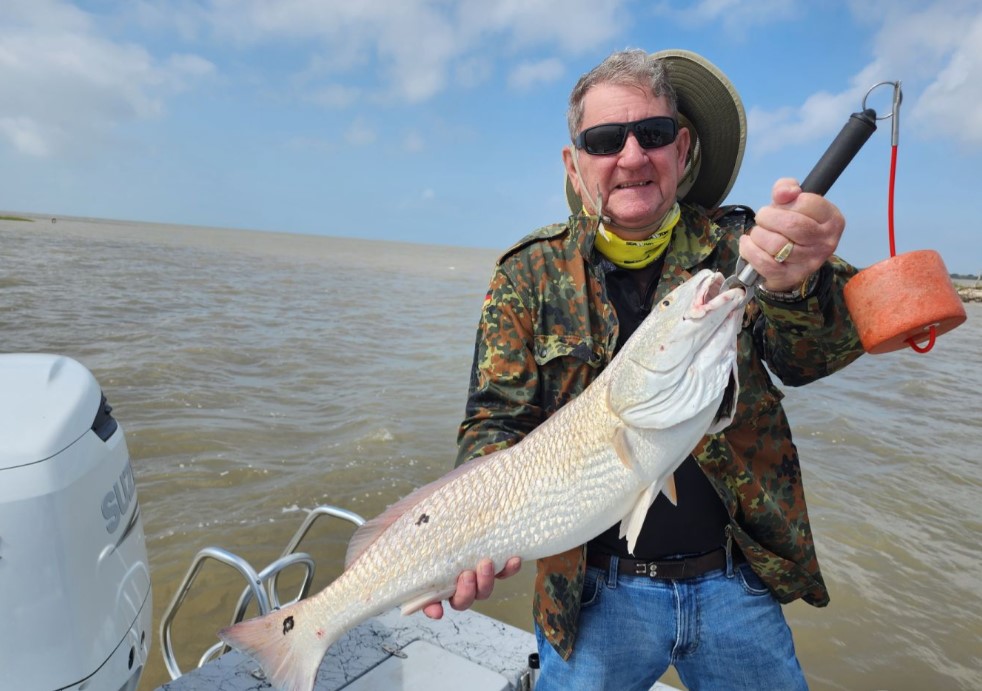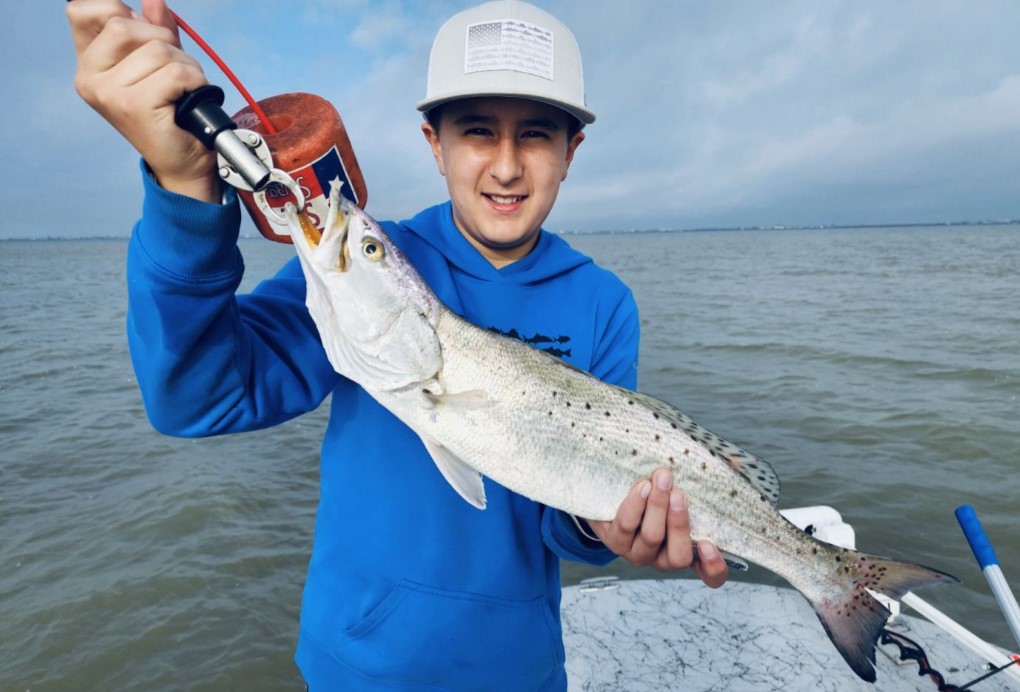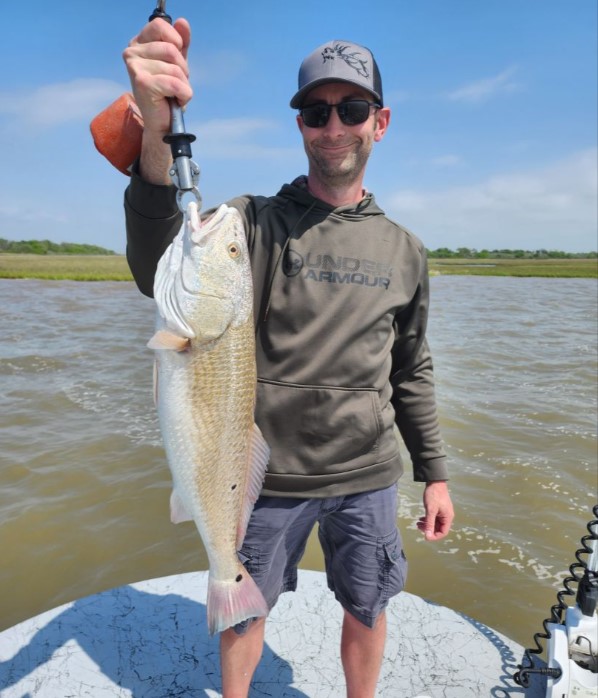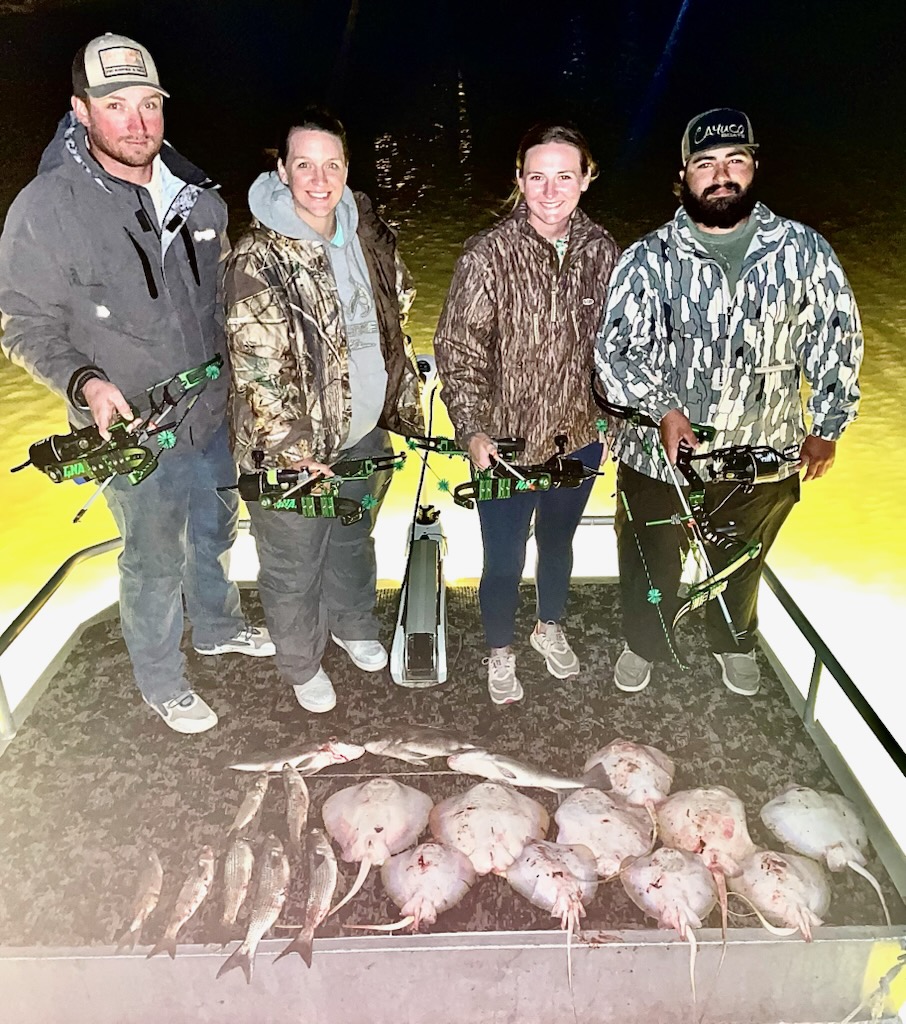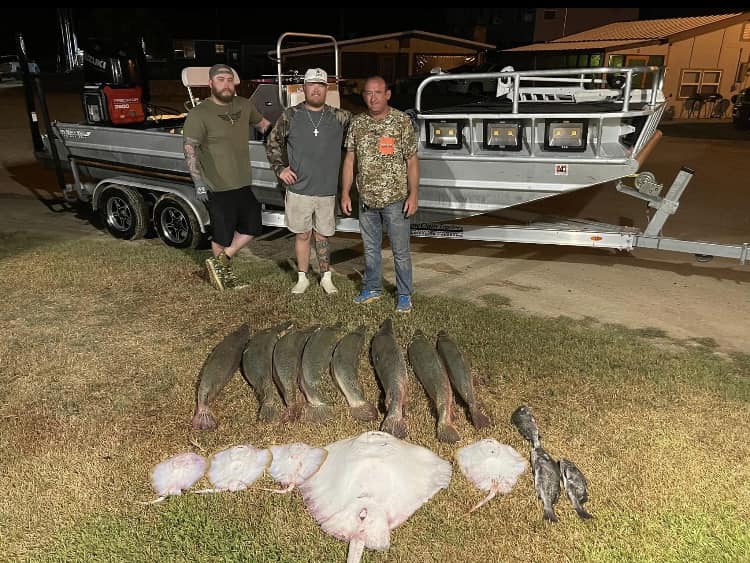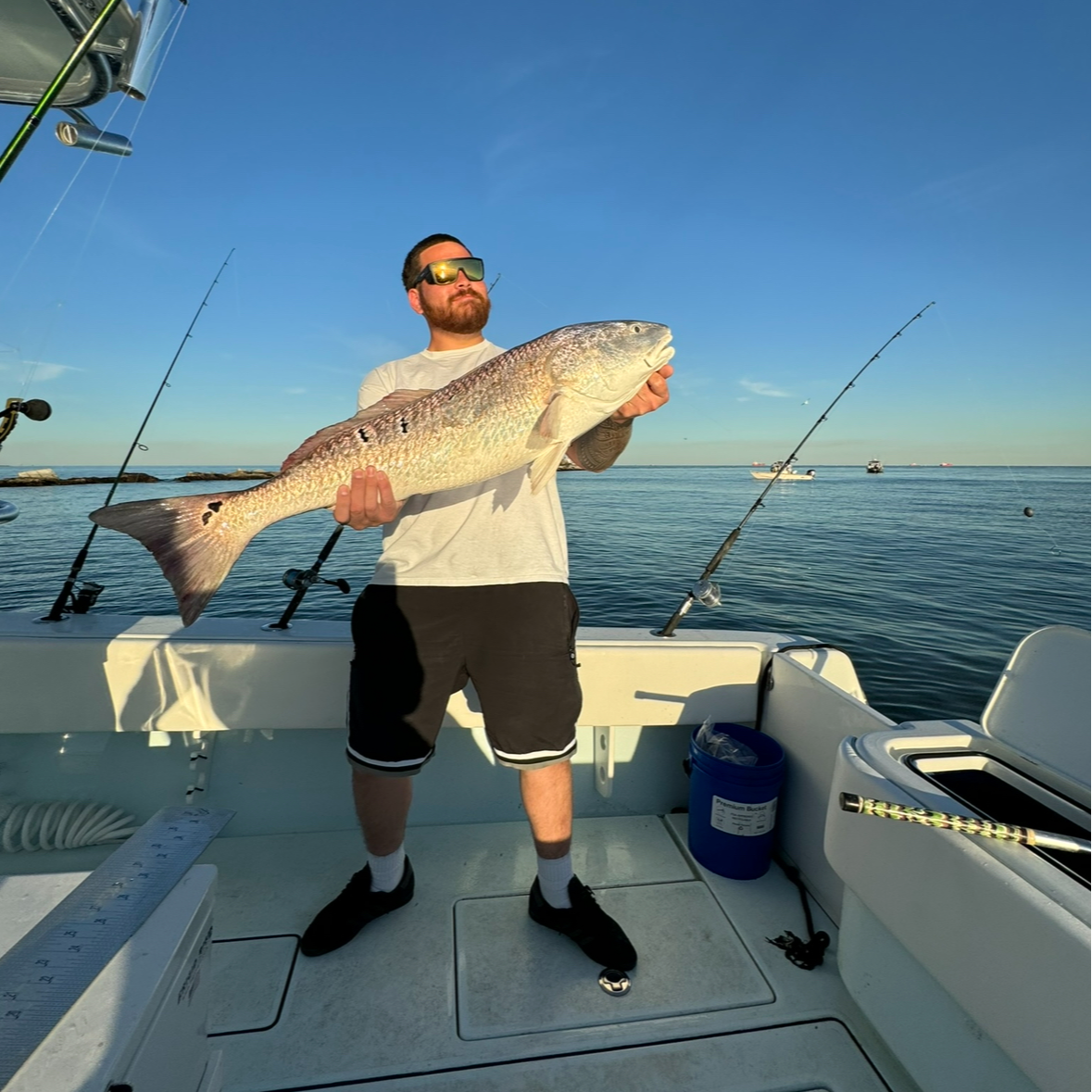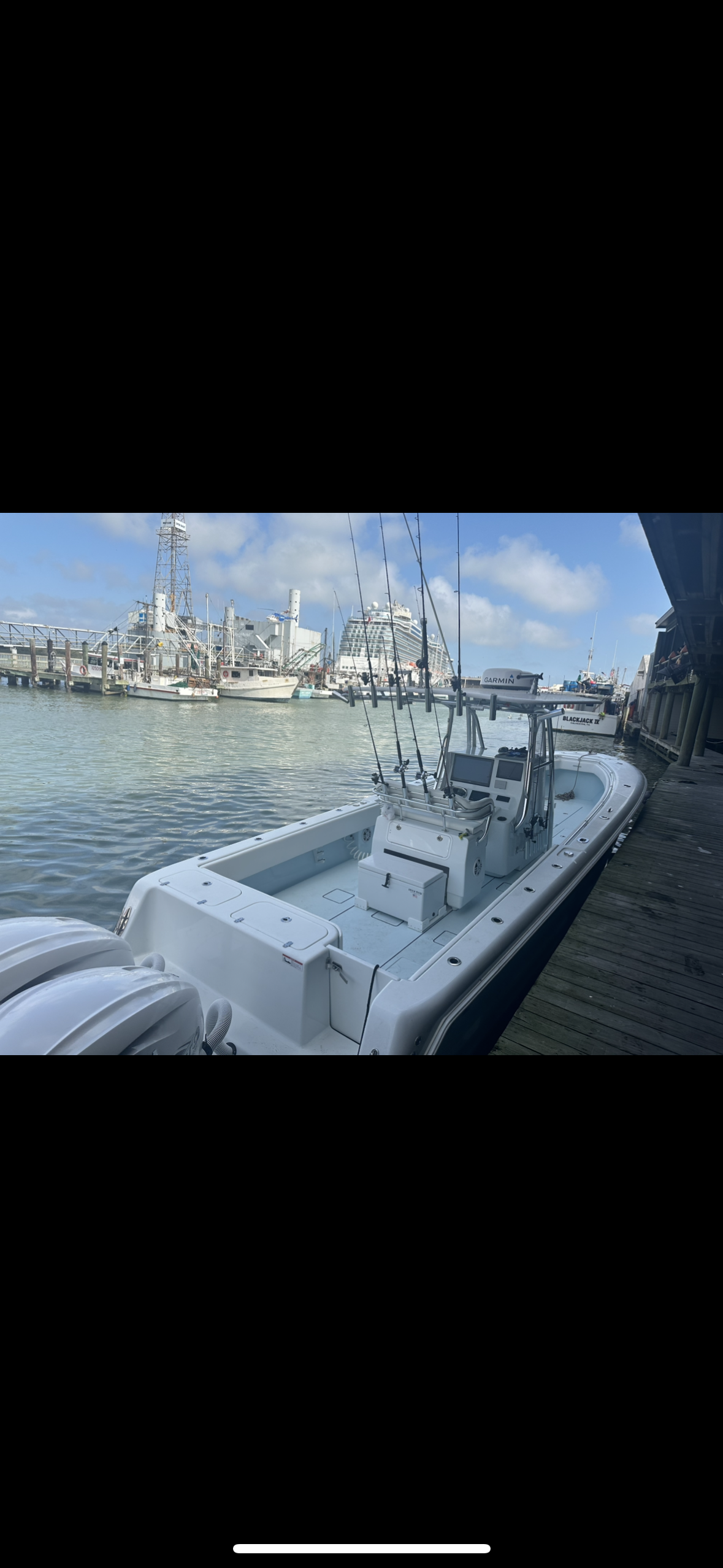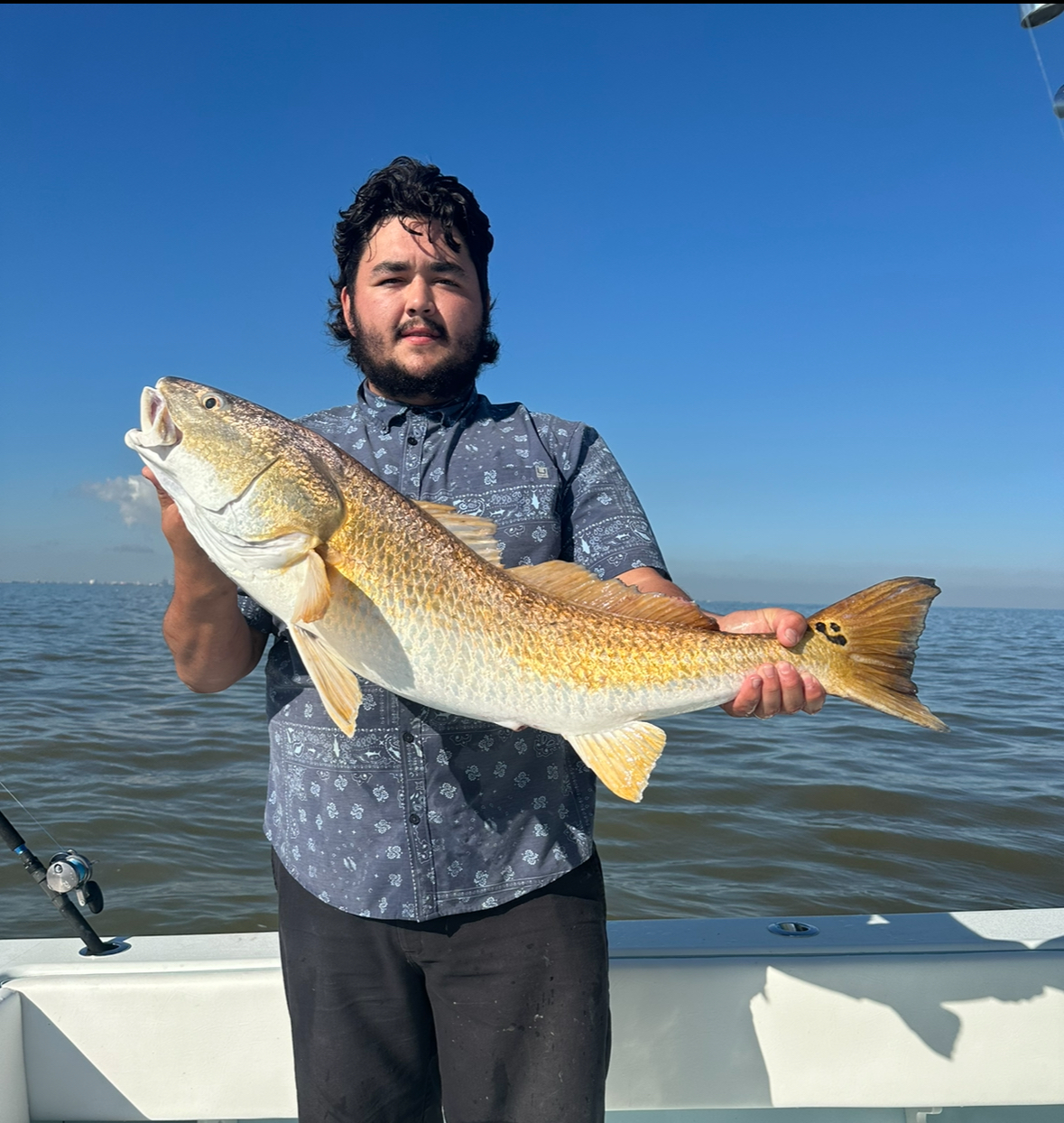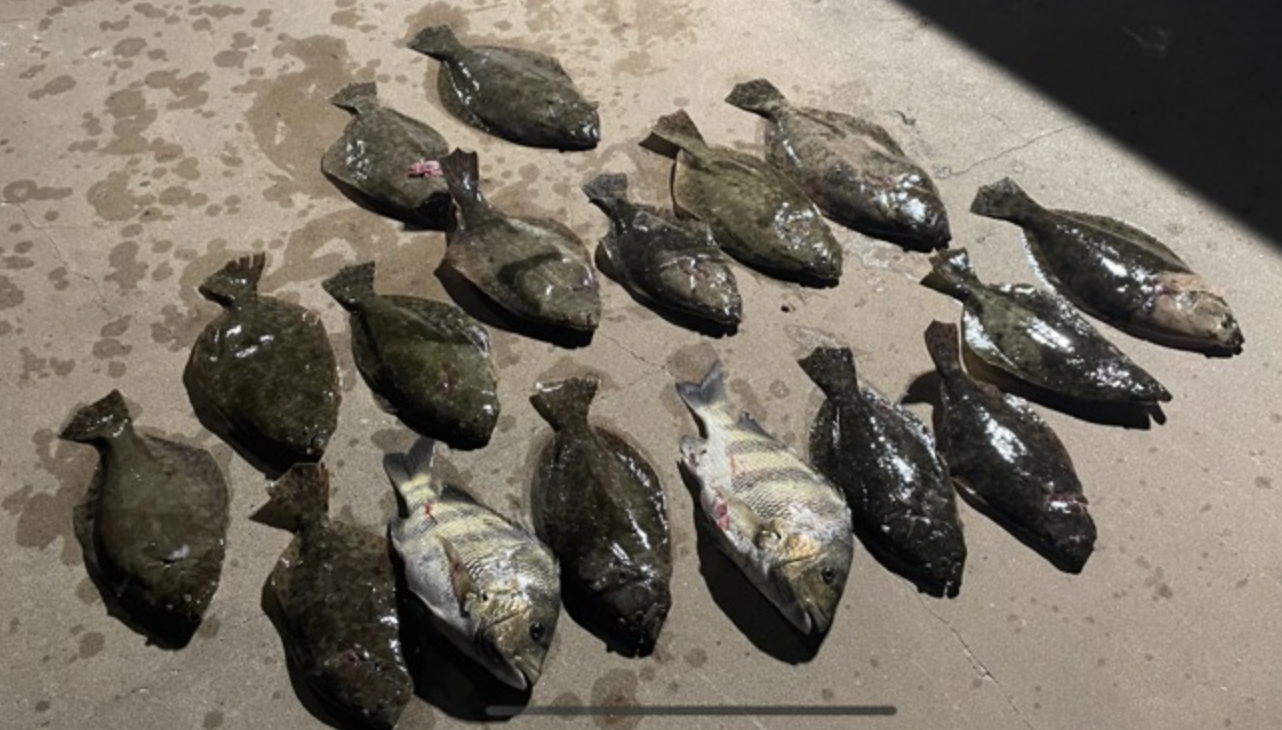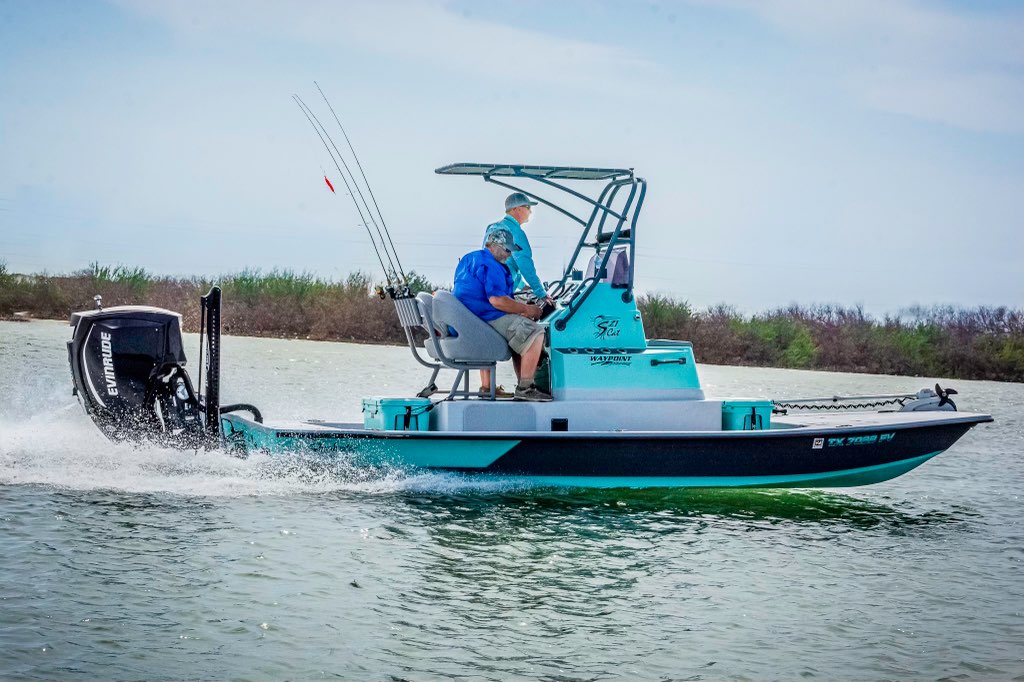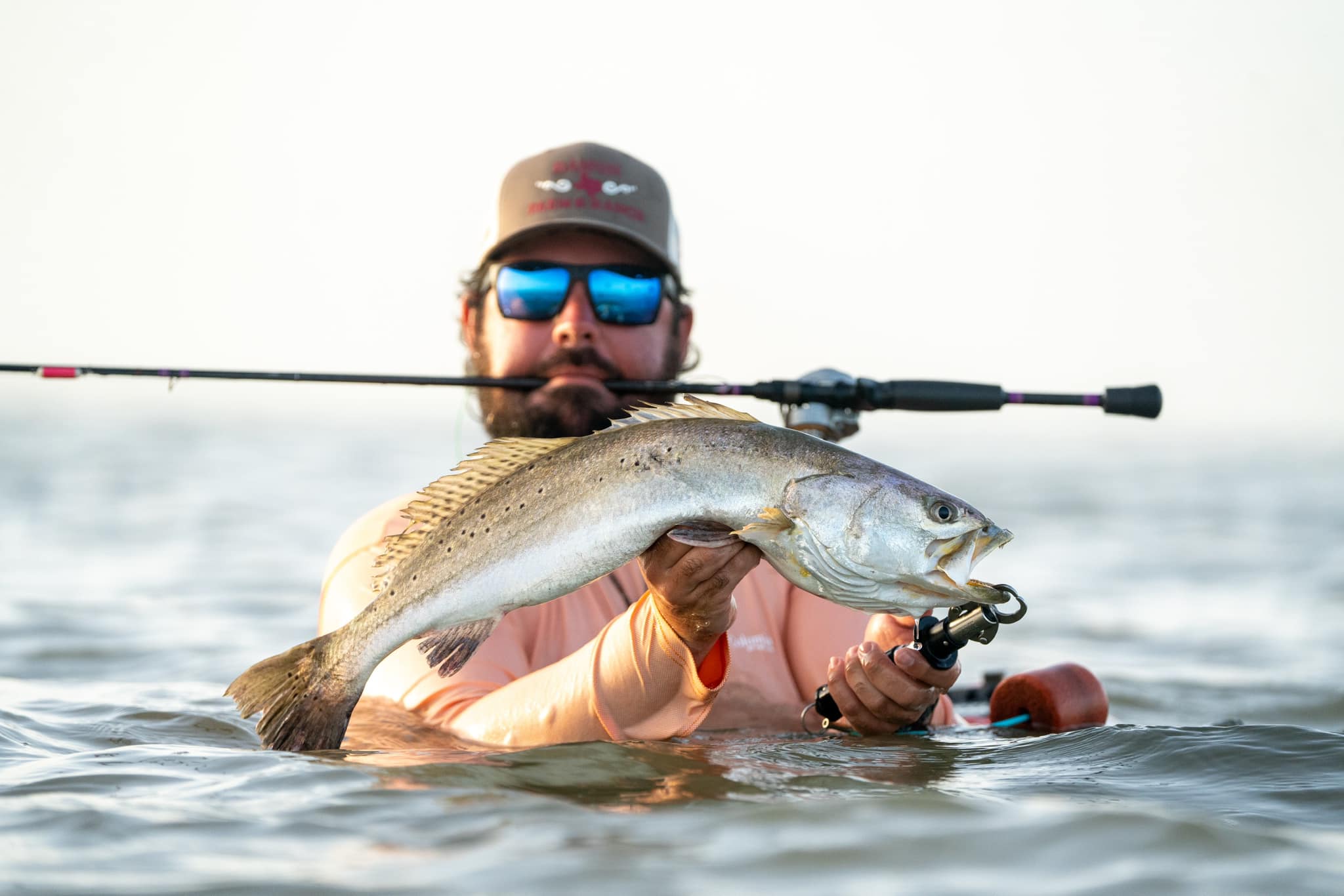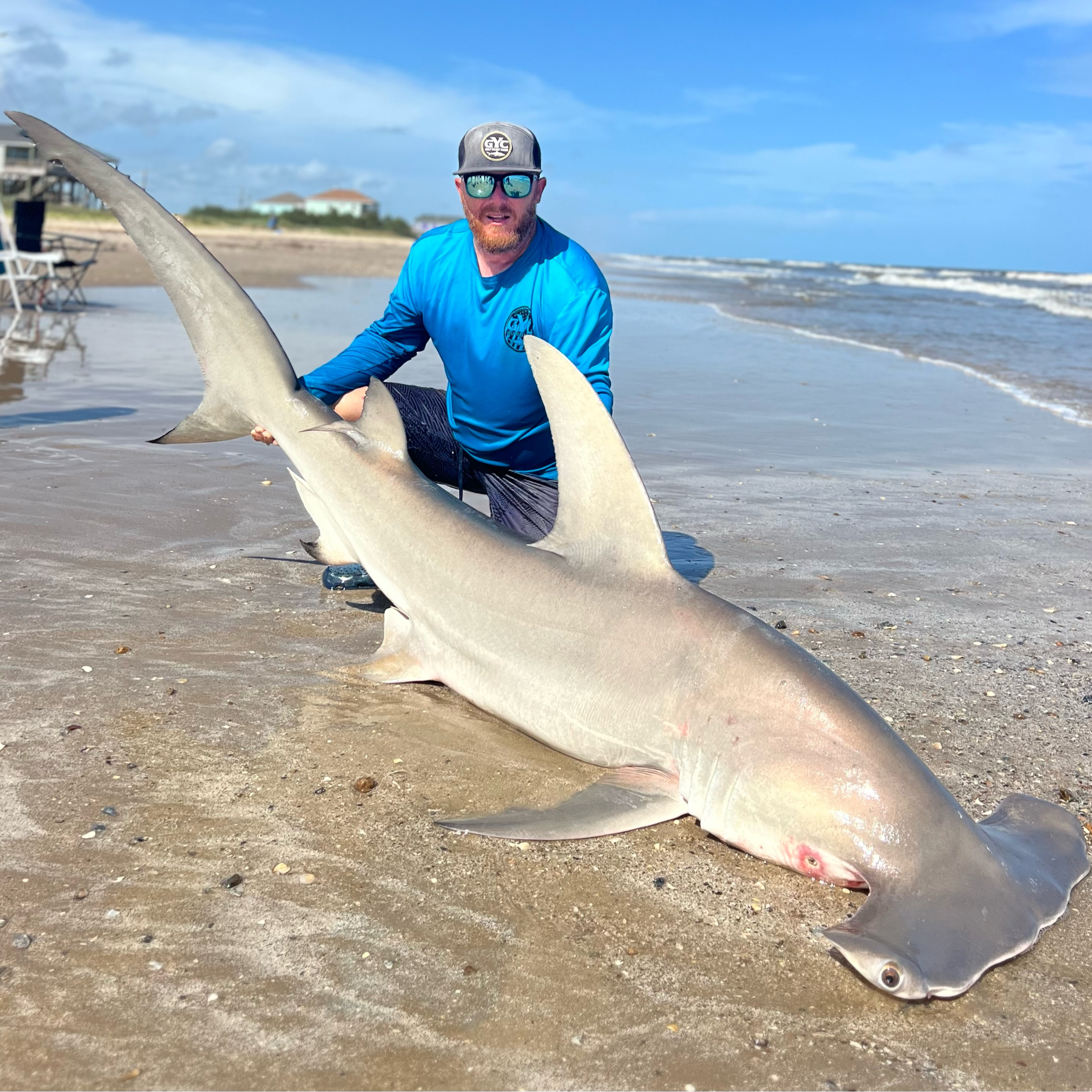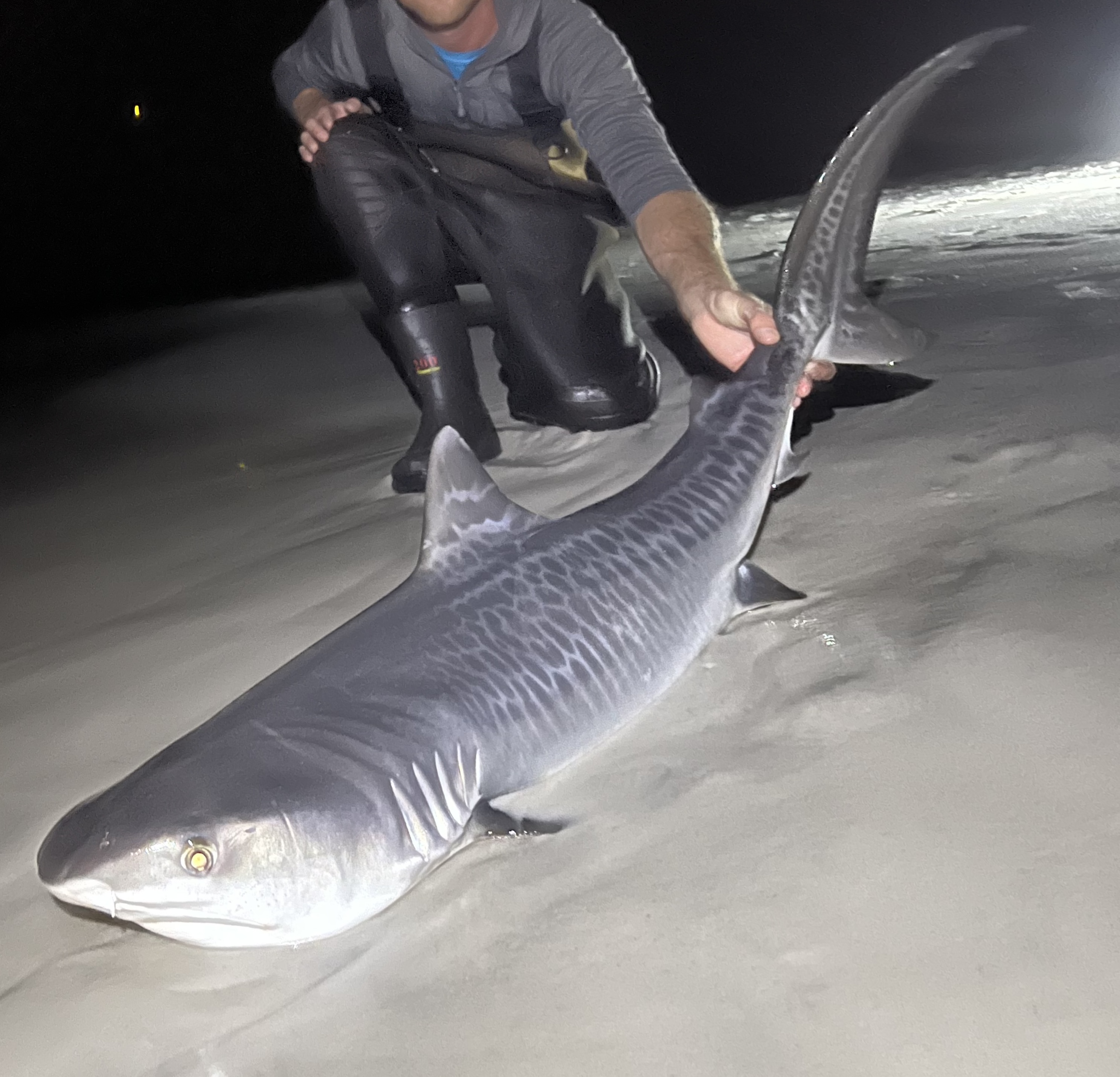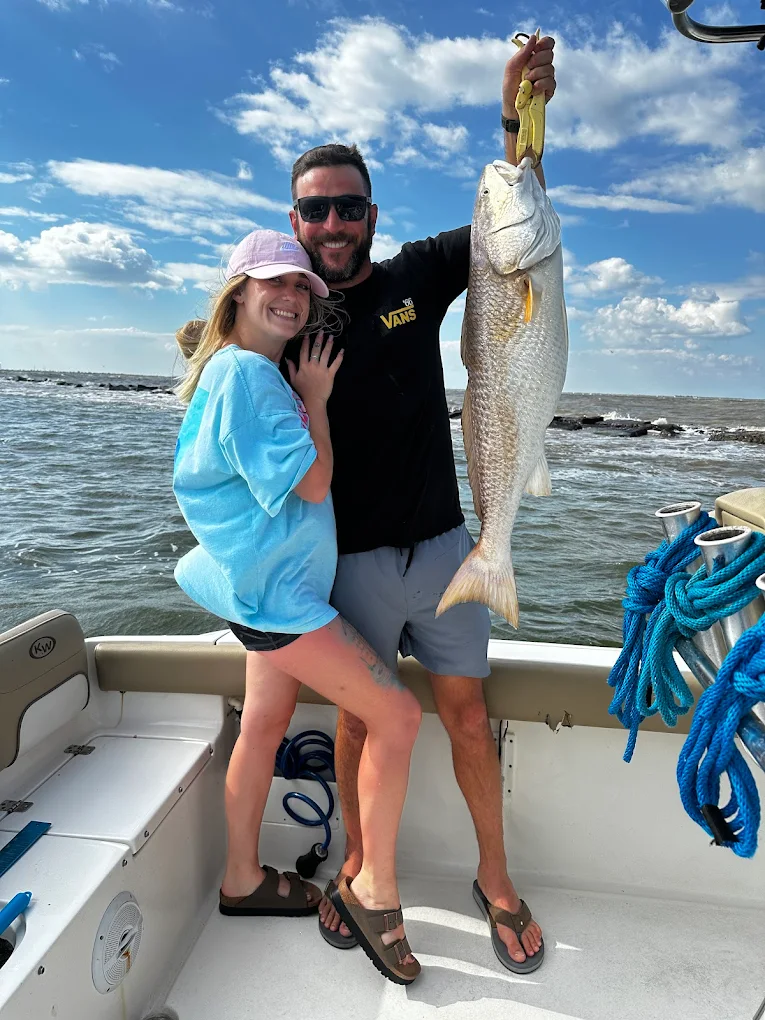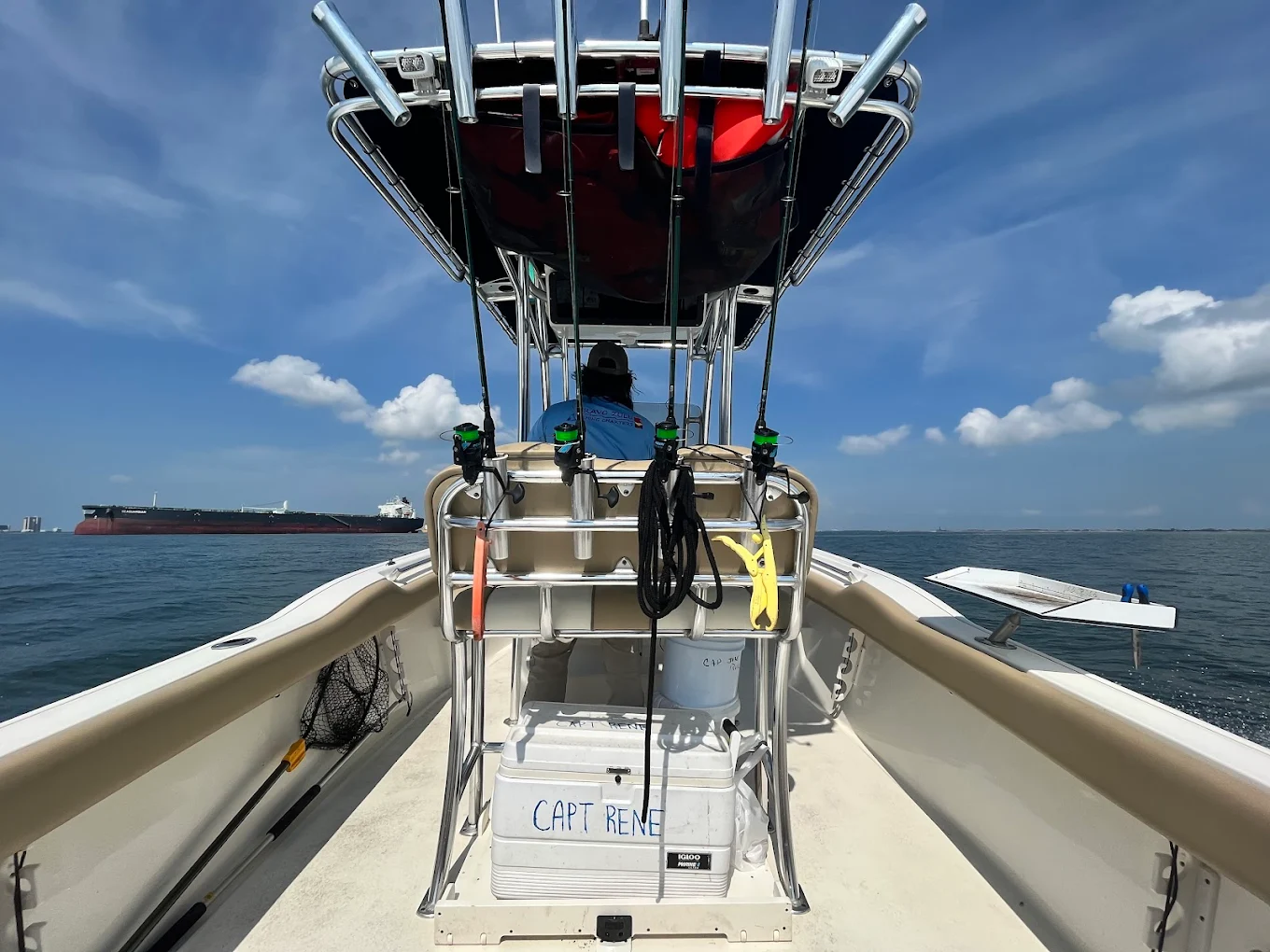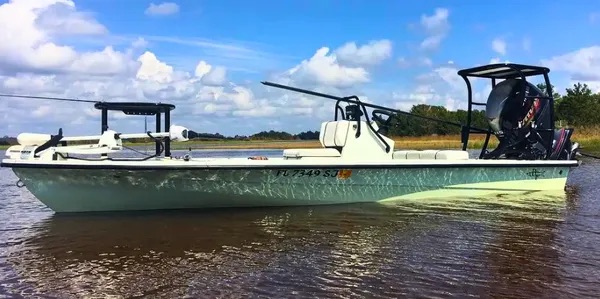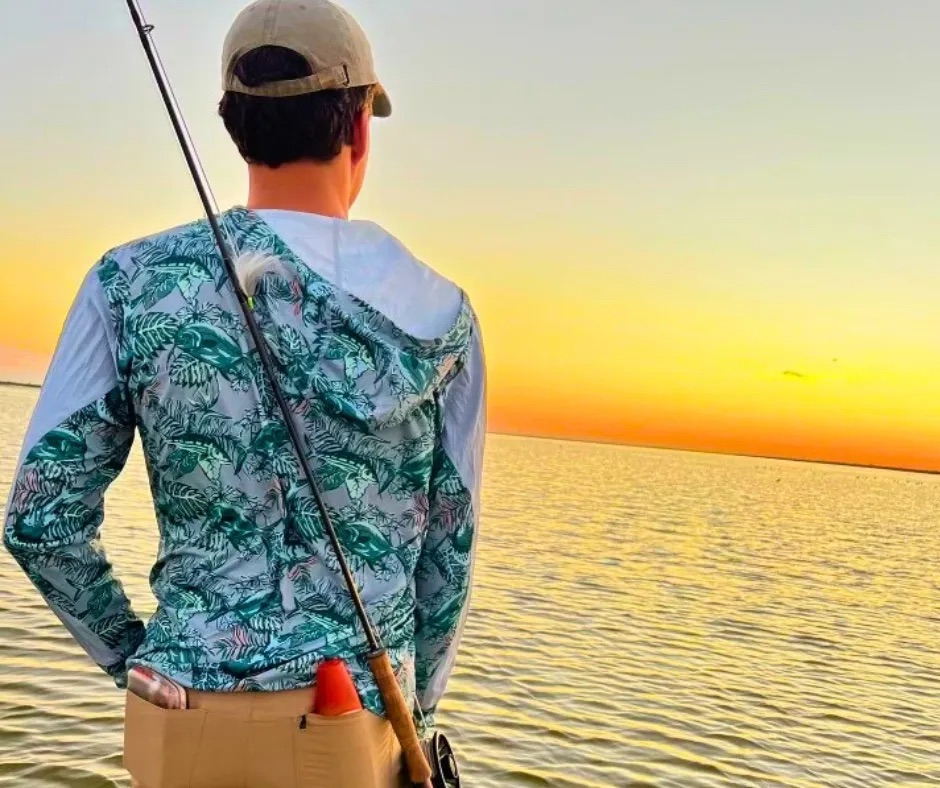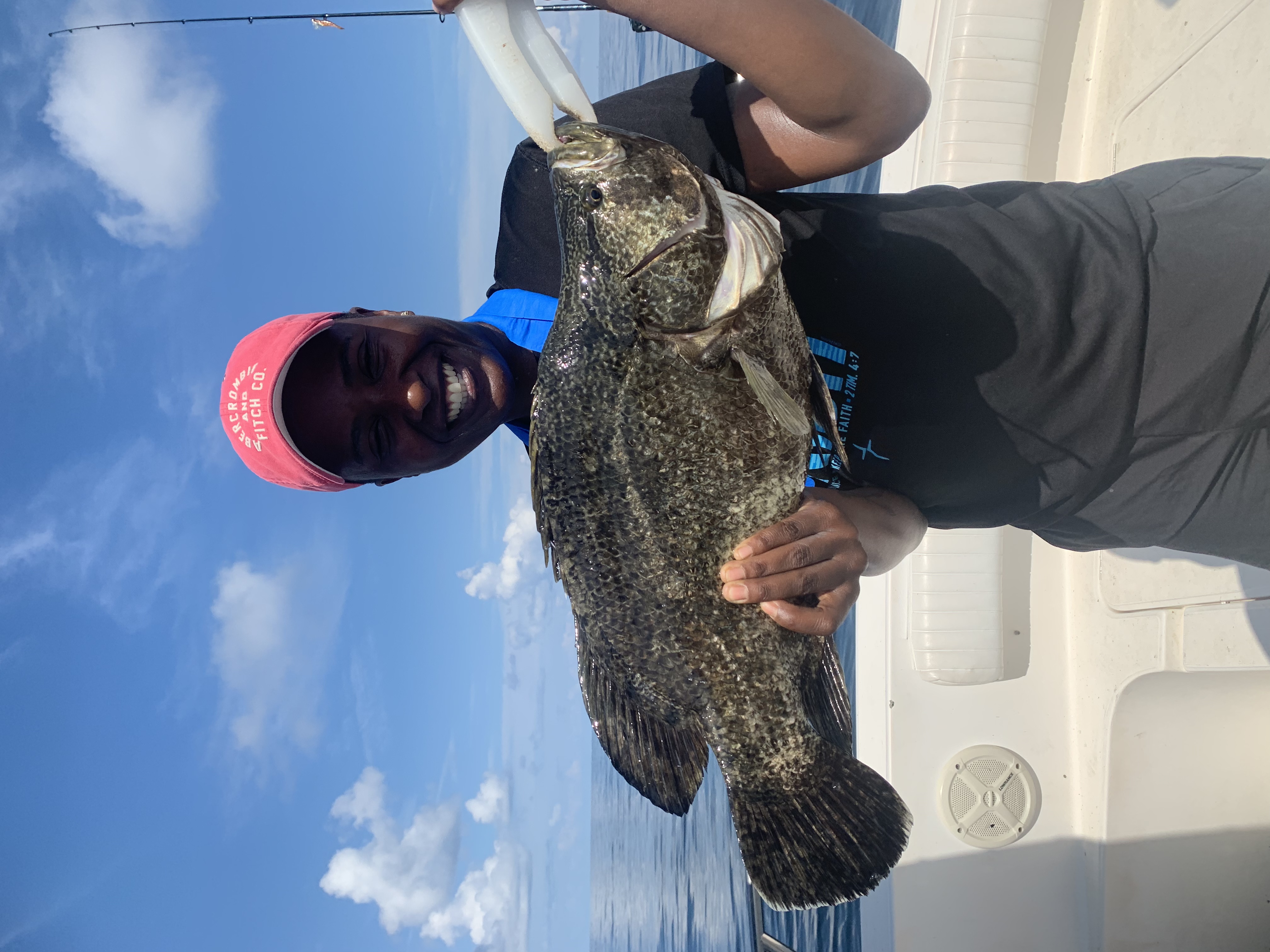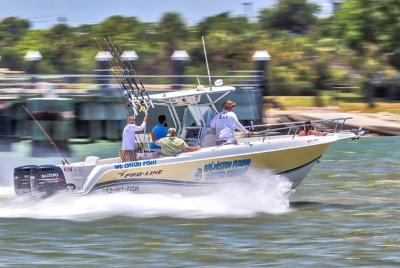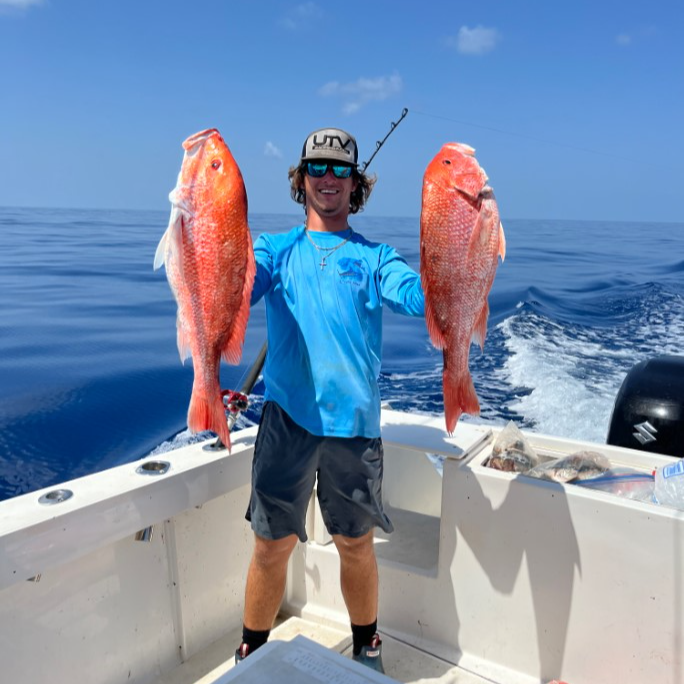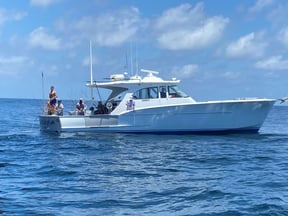Inshore, River, Flats in Matagorda
Matagorda Bay Fishing Charters
Inshore, Flats Fishing in Port O'Connor
Bowfishing In Port O' Connor Texas
Deep Sea, Nearshore Fishing in Galveston
Galveston Offshore Adventure
Inshore, Jetty Fishing in Galveston
Jetty Trip
Inshore, Flats Fishing in Port O'Connor
POC Flounder Gigging Trips
Inshore, River, Flats in Matagorda
Full Day Fishing With Lodging
Inshore, Nearshore Fishing in Matagorda
Beach Shark Fishing
Inshore, Nearshore, Jetty in Galveston
Galveston Bay Jetty
Inshore, Flats Fishing in Matagorda
Matagorda Bay Fly Fishing
Nearshore Fishing in Galveston
Offshore - State Waters 30' Proline
We started Captain Experiences to make it easy to book fishing and hunting guides around the world. With over 2,000 Damn Good Guides, our platform makes finding and booking a trip seamless. Head here to check out our trips.
Oyster reefs are more important to coastal communities than most people realize. As a fisherman, you probably already know that oyster reefs provide good structure for fishing. For some bay systems, oyster reefs are the primary habitat for holding target species such as speckled trout during certain months of the year. This is a huge benefit to anglers, but the true benefits of oyster reefs are even greater.
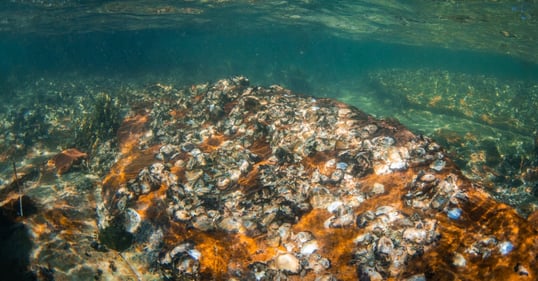
Fishing Oyster Reefs
Most of our favorite inshore fish species such as redfish, speckled trout, and drum can be caught around structure. Fish naturally like to hang out where they can find their next meal, and oyster reefs are full of life. Fishing for speckled trout over deeper oyster reefs is a classic angling technique during the summer months for major fishing destinations along the Texas Coast such as Galveston, Matagorda, and Port O’Connor.
Fishermen using live shrimp will drift over reefs or anchor along the edges and just wait for a bite. If the tide is moving, the boat is in the right position, and you have good bait, then it usually doesn’t take long to hook up with a hungry speck or red. Oyster reefs come in all shapes, sizes, and depths. The best coastal fishing guides will know when, where, and how to effectively fish the reefs.
Oysters Reefs Improve the Water
In addition to making structure for fishing, oysters play an important role in maintaining a healthy water system. Oysters are filter feeders, and they spend their time filtering the water to make it cleaner. Oysters can remove microorganisms and put out clean water that spreads across the bay system. Fish, birds, anglers, plants, and more all benefit from the cleaner, clearer water.
Oyster Reefs Protect Shorelines

Big storms have been on the rise lately, and several hurricanes hit our coastal bay systems each year. Oyster reefs act as a natural barrier to break up the waves and reduce shoreline erosion. It takes a fairly long time for oyster reefs to get really large. The greater efforts we put into protecting the reefs over a number of years, the better our shorelines will be protected by these natural breakwaters.
When oysters reproduce, the young oysters look for somewhere to settle. If the young oysters settle just on a plain sandy or muddy bay floor, then their chances of survival are limited. If the young oysters settle on the oyster reef as they should, then generations and generations of oysters can eventually create a fantastic ecosystem that provides many benefits including protecting shorelines, grass flats, and all the other fishing habitats that make our coastal waters so productive.
Oyster Reefs Provide Habitat
A key benefit of oyster reefs is that they provide habitat for a large number of species. Hundreds of different species have been found living in and around the reefs. The reefs offer these species protection as well as a steady supply of food.
Shane Bonnot, an expert with the Coastal Conservation Association who has studied oysters for many years, spoke to the Austin Woods and Water Club and said that oyster reefs have several times more
biomass than other coastal habitats such as sea grass. Oyster reefs were described as the most important habitat along many of our coastal regions.
There are many types of fish, including our key sport fish species such as redfish, speckled trout, black drum, sheepshead, and flounder, that can inhabit oyster reefs. The reefs also provide a sanctuary for mussels, algae, smaller fish and birds.
Threats to Oyster Reefs
There have been many threats to oyster reefs over time. Everything from rerouting rivers to taking out shells for roads and buildings were once practices that impacted reefs. Now most people know better, and the biggest man-made threats today are commercial fishing. Efforts have been made by state wildlife departments to regulate commercial fishing, but in most situations the oyster reefs are still suffering from over-harvesting by the commercial seafood companies.
If the state closes one area to oyster fishing, then all the commercial boats move to another area and decimate the local reefs. It is not unusual for 50 or more oyster boats to quickly scrape away the reefs in a small area. Without the reefs, the surrounding waters become muddy, the seagrass doesn’t grow, and shorelines are eroded.
Other threats to oyster reefs include pollution, diseases, and natural storms that can silt in areas where the sizes of the reefs are already limited. Fortunately, there are many conservation organizations that are making efforts to protect our valuable oyster reefs. You can learn more about some of these efforts by visiting the Coastal Conservation Association’s Rescue Our Reefs page.
Oyster Reefs Benefit Everyone
Fishing over reefs has been a great way to target a variety of fish species that are naturally attracted to structure. A good reef is full of life. Algae and barnacles grow on the oysters, and that attracts species which eat algae and barnacles. Larger fish are attracted to the little fish that seek food and shelter around the reef. The larger fish attract fishermen.
Beyond just providing good structure for fishing, oyster reefs play an important role in filtering the water, slowing down currents, protecting shorelines, and creating habit for other coastal species such as shorebirds. Protecting reefs for all visitors to our coastal communities should be a priority for anglers and non-anglers alike.
Find Your Next Fishing Adventure
Captain Experiences offers professionally guided fishing trips for speckled trout, redfish, and more. Book your next fishing trip with one of our fully vetted guides to take you fishing around some great structure such as oyster reefs or anywhere else that you want to cast your line.
Jake Lane
Updated on January 5, 2023
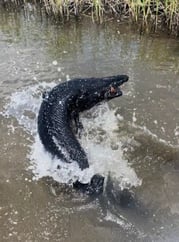
June 22, 2022
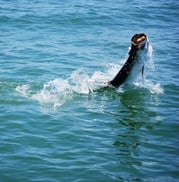
April 15, 2022

November 7, 2023

May 13, 2024
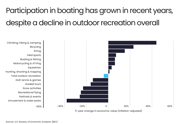
June 28, 2023
Related Articles
April 24, 2023
May 13, 2021
December 2, 2021
Featured Locations
- Fishing Charters Near Me
- Austin Fishing Guides
- Biloxi Fishing Charters
- Bradenton Fishing Charters
- Cabo San Lucas Fishing Charters
- Cancun Fishing Charters
- Cape Coral Fishing Charters
- Charleston Fishing Charters
- Clearwater Fishing Charters
- Corpus Christi Fishing Charters
- Crystal River Fishing Charters
- Dauphin Island Fishing Charters
- Daytona Beach Fishing Charters
- Destin Fishing Charters
- Fort Lauderdale Fishing Charters
- Fort Myers Fishing Charters
- Fort Walton Beach Fishing Charters
- Galveston Fishing Charters
- Gulf Shores Fishing Charters
- Hatteras Fishing Charters
- Hilton Head Fishing Charters
- Islamorada Fishing Charters
- Jacksonville Fishing Charters
- Jupiter Fishing Charters
- Key Largo Fishing Charters
- Key West Fishing Charters
- Kona Fishing Charters
- Lakeside Marblehead Fishing Charters
- Marathon Fishing Charters
- Marco Island Fishing Charters
- Miami Fishing Charters
- Montauk Fishing Charters
- Morehead City Fishing Charters
- Naples Fishing Charters
- New Orleans Fishing Charters
- New Smyrna Beach Fishing Charters
- Ocean City Fishing Charters
- Orange Beach Fishing Charters
- Panama City Beach Fishing Charters
- Pensacola Fishing Charters
- Pompano Beach Fishing Charters
- Port Aransas Fishing Charters
- Port Orange Fishing Charters
- Rockport Fishing Charters
- San Diego Fishing Charters
- San Juan Fishing Charters
- Sarasota Fishing Charters
- South Padre Island Fishing Charters
- St. Augustine Fishing Charters
- St. Petersburg Fishing Charters
- Tampa Fishing Charters
- Tarpon Springs Fishing Charters
- Venice Fishing Charters
- Virginia Beach Fishing Charters
- West Palm Beach Fishing Charters
- Wilmington Fishing Charters
- Wrightsville Beach Fishing Charters
